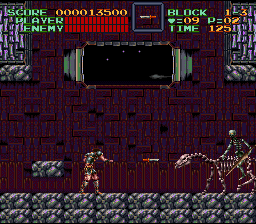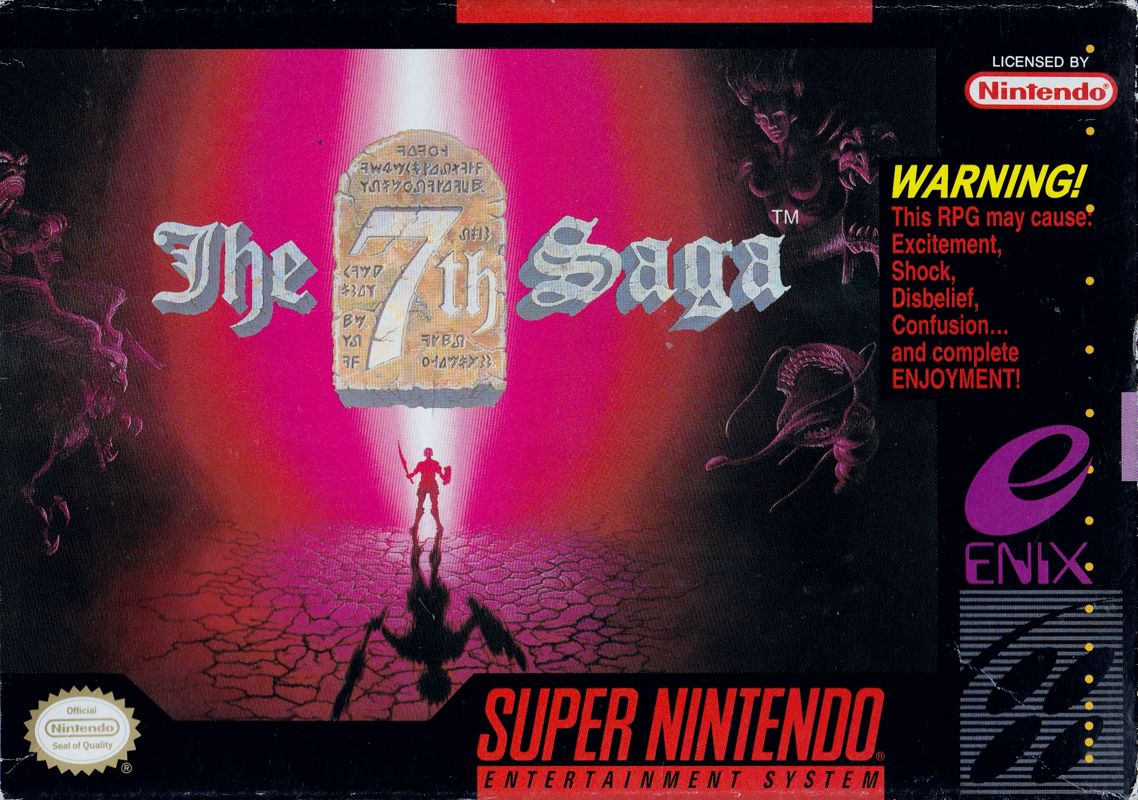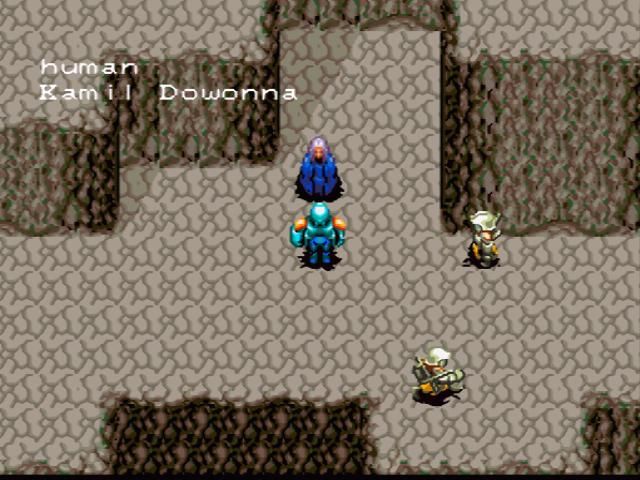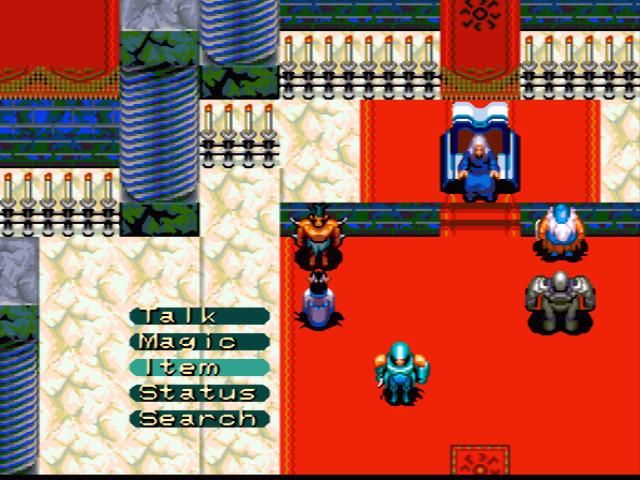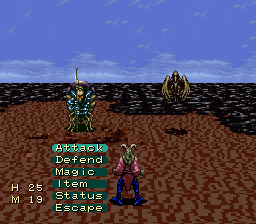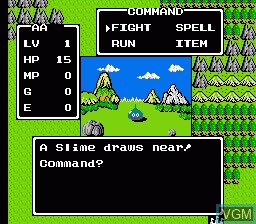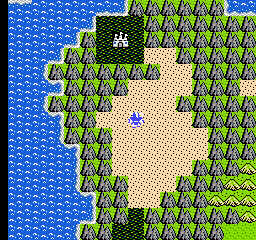Developer: Konami
Publisher: Konami
Release Date: 10-31-1991
I love the random nature of my blog so much that I tend to purposely avoid holidays and events on purpose just to be difficult. I'm just as likely to be writing about a Christmas themed volleyball game in October as I am something spooky. Actually, I might do that if I knew of any Christmas themed volleyball games. This year, however, I thought I would actually give in and cover one of the great spooky games. It's that classic Castlevania game with the funny name. Most games being upgraded for Super Nintendo either kept their NES numbering or added "Super" and started over. Konami had to go and do both. They really wanted the player to know that this game is super and it's also the fourth Castlevania game. I guess they were never much for subtlety. Honestly though I think they should've added a colon and named it Super: Castlevania IV because super is more of a description than a title. What they made was a Castlevania game that is just like the original except improved in every way. It's one of those great early Super Nintendo game that illustrated why the upgrade was so important. It really is stunning how many must-play games Super Nintendo had before its first Christmas.
It's always interesting to play an old favorite that I haven't picked up in a long time because it's never quite how I remember. It's not too much of a surprise that Super Castlevania IV is difficult. That's pretty much a given for a side-scrolling Castlevania game. But it's not difficult in the way I expected. It's not an ultra-intense game that throws endless waves of enemies at the player. I was actually surprised by the game's leisurely pace. It's not quite as stiff as the NES Castlevania games, but Simon Belmont is still in no particular hurry to meet Dracula. There are moments where the enemies on screen will give you plenty of trouble, but they are deliberately spaced enemies and not endlessly respawing hordes. What makes Super Castlevania difficult, and also what makes it great, is that the game is always giving you a new experience. It's a slowly unfolding adventure where every level has a new surprise.
Super Castlevania IV is a remake of the original game on its surface, but the levels are much more intricate. It starts with the very first level's chain-link wall. Having multiple planes was still novel for a side-scroller, and you have to switch between the front and back to avoid holes. Famously there is a rotating room that has Simon hanging by his whip while waiting for the room to stop spinning. Konami throws out every graphical trick of the early SNES era including a spinning cylindrical room and giant candelabras that have to be jumped across. I can't say that the levels have much consistency, and despite them taking place mostly within Dracula's castle they can look radically different even from screen to screen. The developers were not concerned with making the castle seem like any kind of real place, so weirdness and fun are prioritized over authenticity. Sure, it makes sense that Dracula would have a library, but what does he need with a long hallway full green slime pools? Or a gallery consisting mostly of pictures of crossbows? Is it normal for castle to have interior towers? And parts of the castle seem to be actively working against Dracula. Simon would've never made it of there didn't just happen to be all those floating books going across those large gaps. Those books definitely have a mind of their own and they have aligned themselves with the good guys. Also, I would hate it if my library was full of giant pitfalls. I would be walking along with my nose in a book and that would be the end of me. That gives Super Castlevania two things in common with Gordo 106. They both have odd names and floors full of dangerous pits. Hey that's another thing I love about Super Castlevania IV. It gives me an excuse to reference terrible, obscure Atari Lynx games.
I could talk about the great levels all day, and the experience is improved by Konami finally making a Castlevania game with good controls. It's smoother than earlier games, there is a separate button for bonus weapons, and most importantly Simon's whip can now be swung every which way. I can't even describe how much better Castlevania games are when you can aim your weapon up and down. Simon can also swing his whip around limply like a rhythmic gymnast's ribbon. It's weaker than the normal attack, and is more for show than anything, but it does come in handy occasionally. What was cooler in 1991 than being able to swing your whip in any direction and climb stairs backwards?
Super Castlevania IV is also a game that will keep a player busy for a while. When the original Castlevania came out far too many games had to be completed in one sitting. I don't think this is something that very many people miss from the good old days. Castlevania is an incredibly hard game, and I don't know if I've ever even made it halfway through without getting frustrated. Luckily, by 1991 many more games had passwords. This also meant that Super Castlevania IV could have more levels without getting too frustrating. I can take a break and come back if it gets too hard. I probably don't need to sell the concept of passwords to people in 2024, but it really is an important feature. The games were getting bigger in addition to being better looking.
I'm starting to ramble a bit so I should probably wrap this review up. It can sometimes be hard to talk about such a familiar game and make it eloquent without just rattling off goofy compliments. Super Castlevania is going to rank high, but not as high as I initially expected. The top of my list is starting to get crowded with my favorite games. This means Super Castlevania IV is getting pushed all the way down to lucky #13. It's my second-best Super Nintendo game so far just behind Soul Blazer. It does break up the RPG monopoly at the top, but I still need more variety on the list. Maybe I'll expand into even more SNES genres. Did they ever make a good racing game for the system? Super Castlevania IV is definitely a great game for the Halloween season. It has the perfect atmosphere right down to the music, and most importantly is just fun to play. Castlevania would have a bit of an odd life in the 16-bit era with some interesting games but not any blockbusters until Symphony of the Night completely revamped the series. Symphony of the Night is the game that puts the "vania" in Metroidvania, and I think this is the type of gameplay associated with the series now. So, it's fun to go back and play a truly old school, level-by-level side scroller. It's easy to see why the Super Nintendo caught on so quickly.
Super Nintendo Quality Percentage: 7/9 or 77.78%


